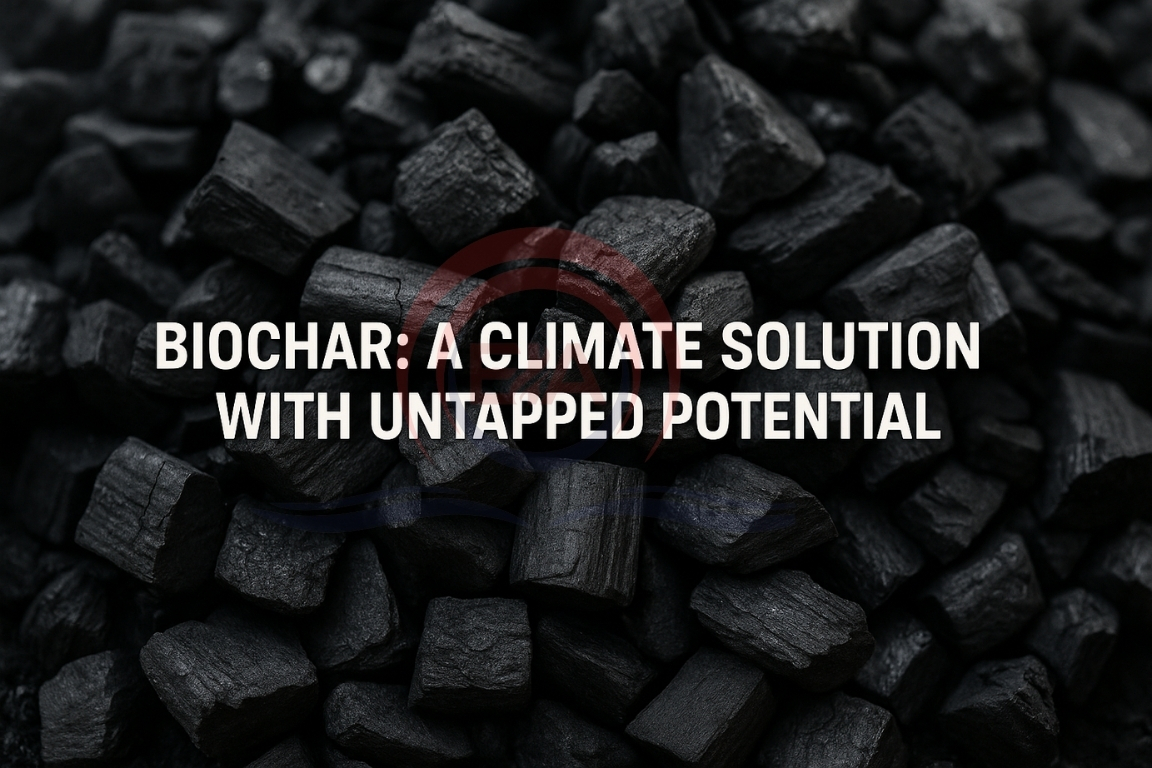The Climate Investment Fund (CIF) is one of the largest global instruments functions as a major source of concessional climate finance, helping vulnerable economies shift towards sustainable and resilient development pathways.
Key Features of CIF
- Designed to support climate mitigation and adaptation in low and middle-income nations.
- created to support climate-related transformation in developing countries. Set up in 2008,
- Works to accelerate transitions in sectors such as clean energy, climate resilience, nature-based solutions, and energy access.
- Provides highly concessional finance, enabling countries to undertake changes that may otherwise be financially difficult.

Components
- CIF consists of two major funds:
- Clean Technology Fund (CTF) – focuses on large-scale low-carbon technologies.
- Strategic Climate Fund (SCF) – supports broader climate resilience and sector-specific initiatives.
Governance
- The CTF Trust Fund Committee is the apex decision-making body that supervises operations, investments, and policy direction.
- The CIF Secretariat, located in the World Bank, manages coordination and implementation support.
Partner Institutions
- Centre–State Imbalance: 20 of 36 states/UTs collect less than 40% of total revenue from GST.
- Revenue Underperformance: The 15th Finance Commission had projected a 7% GST-to-GDP ratio, but it remains around 2.6%.
- Reduced Fiscal Space: Lower revenues restrict states’ capacity for social and capital expenditure.
- Administrative Challenges: Refund delays, multiple tax slabs, and compliance burdens hinder efficiency, especially for smaller states.
Recent Developments
- At COP-30, Germany and Spain jointly pledged USD 100 million for the new CIF program ARISE (Accelerating Resilience Investments and Innovations for Sustainable Economies).
- In 2024, CIF became the first global climate fund to issue bonds through the CIF Capital Markets Mechanism (CCMM), expanding its financing reach.
- CIF is increasingly supporting Just Energy Transition Partnerships (JET-Ps) and adaptation financing in climate-fragile regions such as Africa and South Asia.
Conclusion
By leveraging MDBs and concessional capital, CIF helps developing nations take meaningful steps towards low-carbon, climate-resilient growth, which is essential in the decade of climate action.
This topic is available in detail on our main website.





